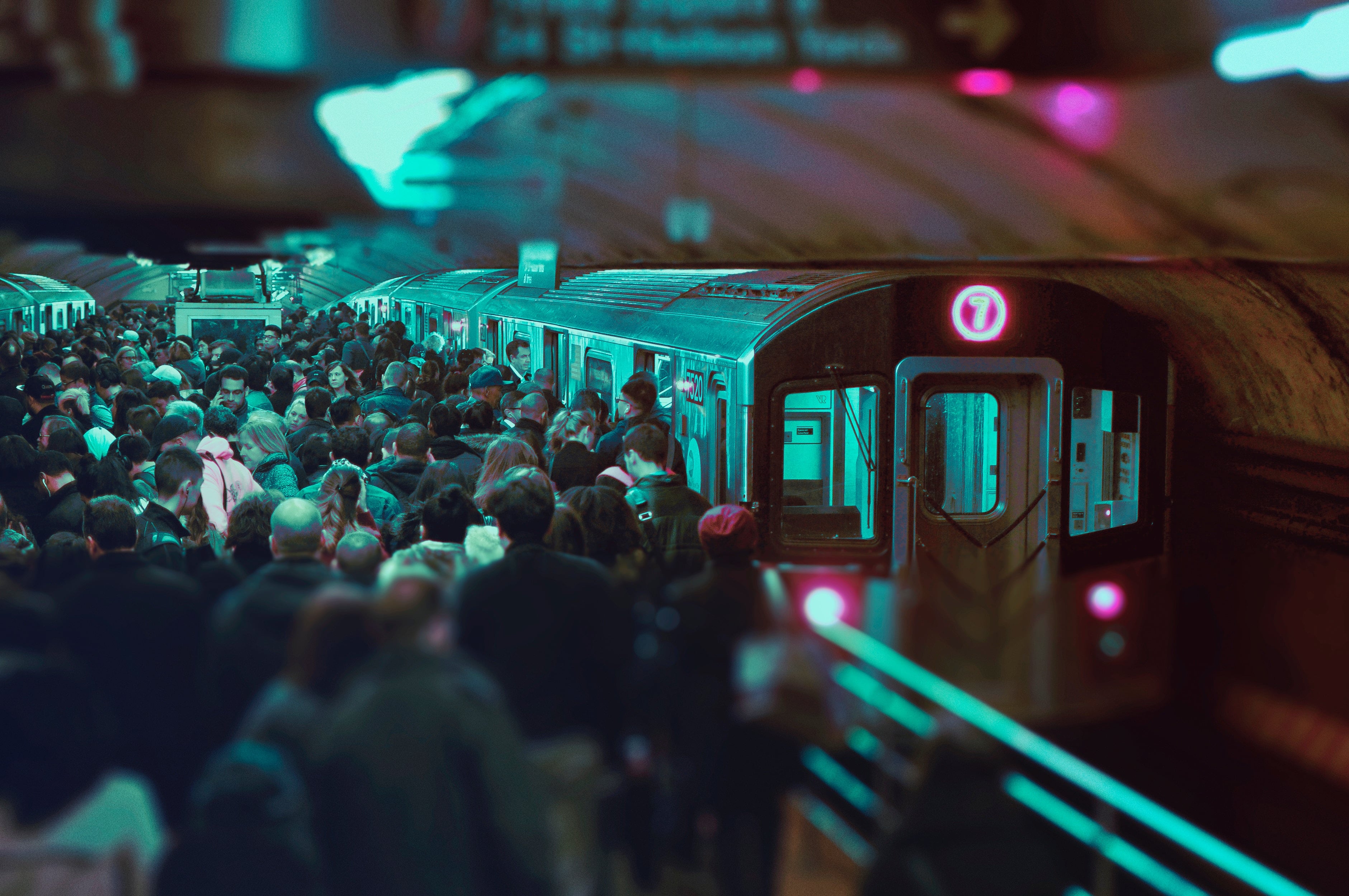The year is 2030. Your Mercedes-Benz S-class is having transmission troubles, so you take it into the dealership. Half an hour passes and a manager approaches you with the news:
Welp, the repair is going to run you about $3,500. Your transmission is about to poop out on ya. We can have you back on the road in a couple of days, or… you can trade in your car and switch over to our Unlimited Autonomous Network. We remove all the hassle of owning a car. Any time of day, you can hail one of our network cars and within two minutes you’ll be on your way to your destination. You’ll never have to worry about car maintenance or insurance again. We take car of it all. And it’s only going to cost you $250 per month. What do you say?
It’s an offer you can’t refuse. And perhaps a future we cannot avoid.
Car manufacturers and ride-sharing services are all buying into this concept of on-demand networks of self-driving vehicles that take people to their destinations with style and ease. It’s a business model that replaces consumer car ownership with ride-hailing subscriptions.
There are a few reasons why the automotive industry is taking this so seriously:
- AAA estimates the average cost of owning a car at $706 per month.
- Cars spend 95% of their lifetime in the parked position.
- Self-driving car technology is making significant advances year after year.
Services that can significantly undercut the cost of owning a car (without sacrificing the convenience) will likely see success. By replacing individual car ownership with fleets of cars constantly moving people from Point A to Point B, never needing to sit idle in a parking lot somewhere, inadvertently you remove a lot of cars from the roadways.
The number of passenger vehicles on American roads will drop from 247 million to 44 million, opening up vast tracts of land for other, more productive uses.
Tony Seba, RethinkX
City-dwellers are likely to be the first demographic to ditch their car for an autonomous ride-hailing subscription and the side-effects are going to be major.
There won’t be any parking lots or parking spaces on roads or in buildings. Garages will be repurposed – maybe as mini loading docks for people and deliveries. Aesthetics of homes and commercial buildings will change as parking lots and spaces go away. There will be a multi-year boom in landscaping and basement and garage conversions as these spaces become available.
Geoff Nesnow, 73 Mind-Blowing Implications of a Driverless Future
Browsing the streets of most cities, you’ll find that parking lots and garages are about as plentiful as Starbucks. In Los Angeles, there are nearly 2.5 million parking spaces that can be repurposed. Across the nation, there’s an estimated 40,000 parking lots and garages – all of which might one day be obsolete.
This is space that can be repurposed in many ways. Here’s one:
Already a future thinker?
Then become a friend.
Parking Lot Farms
Cities have horrendous access to fresh produce. To create a regular salad – lettuce, tomatoes, carrots, cucumbers, and radishes – we’re talking about a collective travel time in the thousands of miles. This means that one salad, I ate for one meal, on one day of the week probably traveled more than I have in the past decade. That’s horrible in terms of nutrient freshness and carbon footprint.
This is why innovative urban farming initiatives are emerging.
In the heart of NYC, inside a 40-foot shipping container, Square Roots is creating the Future of Urban Farming. Utilizing a mixture of LED lighting, vertical farming, and hydroponics techniques, Square Roots is growing fresh produce in a gravel parking lot. And with lots of success.
No joke, shipping container farms like Local Roots can yield between 2-6 tons of leaf lettuce per shipping container per week while using a fraction of the water to do so. It’s an extremely efficient method that allows fresh produce to be grown anywhere at any time of the year.
Imagine filling a parking lot with these. You’re talking about an entire farm in half a city block. Now that’s innovation.
The best part is that local restaurants and customers have to walk just a few blocks to get fresh produce, lengthening the product’s lifespan and disintegrating its carbon footprint.
I can’t wait for the day when I can walk to my local parking lot to pick fresh strawberries.
This is a market I see exploding in the next five years with the help of CropBox and Modular Farms – which are manufacturing ready-to-use shipping container farms.
There are of course downsides to this high-growth vertical farming. The amount of energy required for lighting and climate control is fairly large. Thus, to turn a profit they are limited to growing expensive
Vertical farming isn’t the only way we can repurpose parking lots, garages, and spaces. However, bringing fresh produce closer to cities seems way better than building another towering apartment complex.
